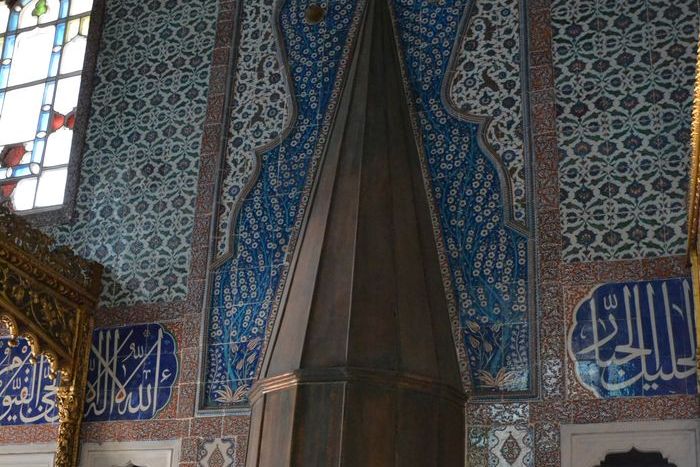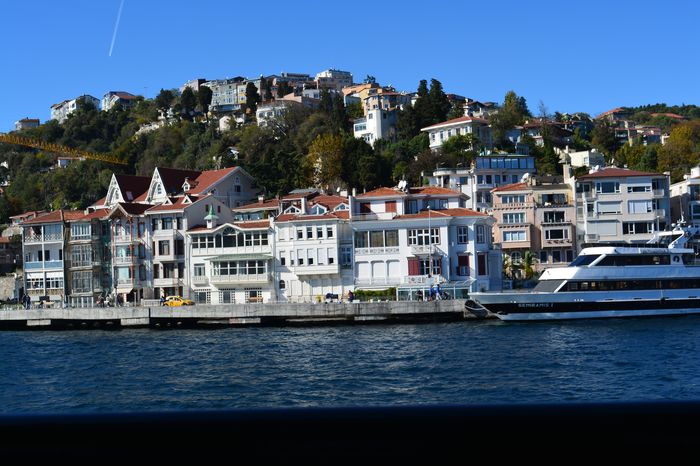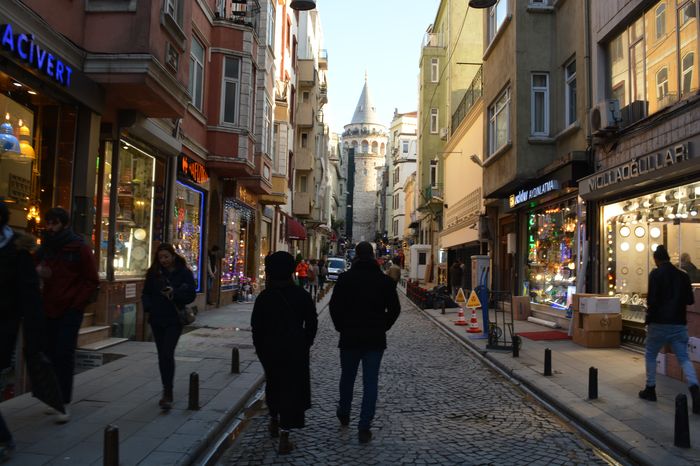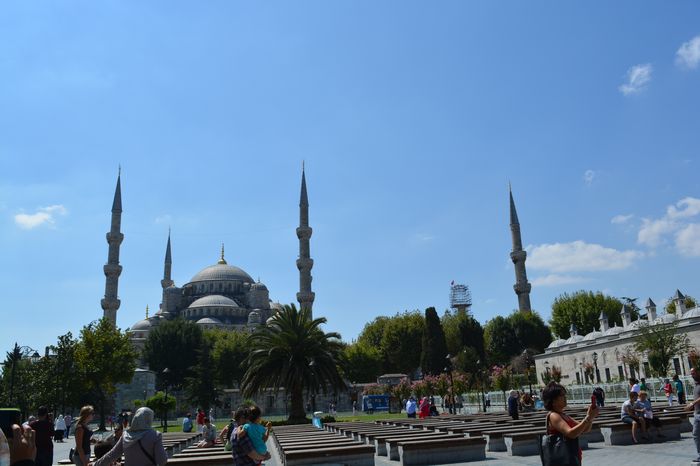Emperors kept Constantinople at the center of imperial ambition for I,6OO years. In the fifth century, Theodosius II surrounded it with walls worthy of a mighty realm. They ran in two lines (mostly still standing), nearly four miles long, the inner one about sixteen feet thick at the base and forty feet high. Ninety-six towers averaging sixty-six feet high stood along that wall, about 200 feet apart. Outside the inner wall was a broad terrace about sixteen feet above ground level. Then the outer walls were about seven feet thick and thirty feet high, with another ninety-six towers staggered for location with the towers on the inner wall.
And then the moat lay beyond, a ditch originally thirty feet deep and sixty feet wide, ready to be flooded when the city was threatened. Ten gates pierced the wall, but five were reserved for military use only. They held—in the main—for over 1,000 years.2 (Late in the fifth century, Anastasius built another rampart about forty miles west of Constantinople, a wall with a ditch outside it. That wall was never meant to be guarded the whole length; it was intended to slow invaders and facilitate defense.)
The Turkish sultan
In late 1453 there was an abrupt—and some would say overdue— change in management and a substitution of new rituals for old ones. The Turkish sultan Mehmed II the Conqueror finally put the surviving stump of the Greek empire out of its misery by capturing the city. Mehmed was the son of a slave woman who was either Christian or Jewish, and some people thought he could count at least one Byzantine emperor among his ancestors. Many loyal contemporaries, including the remarkable Kritovoulos of Imbros, praised Mehmed’s achievements, imitating the Greek masters of old. We have a copy of Kritovoulos’s history, meant to be in the style of Thucydides, on the same kind of paper and in the same format as a copy of Arrian’s ancient life of Alexander. Mehmed liked to compare himself to Alexander, spreading a story that he had a courtier read to him from the ancient and medieval historians of Greece, Rome, and Europe bulgaria trips.
Mehmed’s revival of Constantine’s vision kept Constantinople (now known as Istanbul) the inescapable capital of empire for as long as the Ottomans ruled. It took World War I and its aftermath finally to beleaguer the region into mere nationhood and civility. The swarming mix of cultures that influenced Constantinople from its earliest days remained in evidence until the last days of the Ottomans. The city’s more homogeneous Turkish culture that travelers observe now is mainly the result of a narrow-minded and often violent twentieth-century belief in making nation-states ethnically pure.
That city with a very long future, no longer now just a boomtown with more construction sites than buildings, came into its own in the fifth century as a result of two developments we have already traced. First was dewesternization. The empire that Augustus solidified was headquartered in the Latin west, but the bulk of its population and wealth lay in the Greek east, and this imbalance continued for as long as Augustus’s creation lasted.
Every emperor down to Theodosius
If he ruled long enough, every emperor down to Theodosius in the 380s moved back and forth, up and down the Roman roads of the Balkans, or took ship on the Mediterranean, balancing his western obligations—often administered from the northern Balkans, northern Italy, or the Rhine frontier—with his eastern ones. Before Constantine, emperors usually managed the eastern provinces from Antioch or other points along the way. They rarely visited long-secured provinces such as Africa or Egypt, although they depended on tax revenues from these provinces as the richest supports of empire. When western emperors lost African tax revenues in the fifth century after the capture of Carthage, their position became more precarious. Constantinople’s last serious attempt to unite the empire ended with the reign of Valentinian III, a boy whom the Romans sent out to serve as a figurehead ruler in the 420s Justinian similarly veils.
Constantinople’s other great advantage was the deimperialization, so to speak, of emperors. The word we use in English, “emperor,” derives through French from the Latin imperator—loosely, “commander,” the man endowed with the state power, the imperium. From Augustus to Theodosius, a few individuals who held the highest power were disinclined to the warlike arts and more at home in palaces than camps. Yet they were all in principle generals, and leaders of warlike men.
Theodosius’s sons, Arcadius in the east and Honorius in the west, learned to let others do their fighting for them, and emperors ever after imitated them as much as possible. Honorius was comfortable in the narrow splendor of Ravenna, but Arcadius made his home in the seven hills of the new Rome, and he also enjoyed other splendors. By Theodosius’s time, that enthronement or, shall we say, empalacement of emperors had been in preparation for a century. Rulers from Diocletian’s reign (284-305) forward surrounded themselves with more and more ceremonial encrustations and ever-larger palaces. Diocletian’s retirement home was a vast palace complex in Salonae on the Dalmatian coast of what is now Croatia. His retinue of courtiers and slaves numbered in the thousands, all for a ruler who had already relinquished ultimate power.








